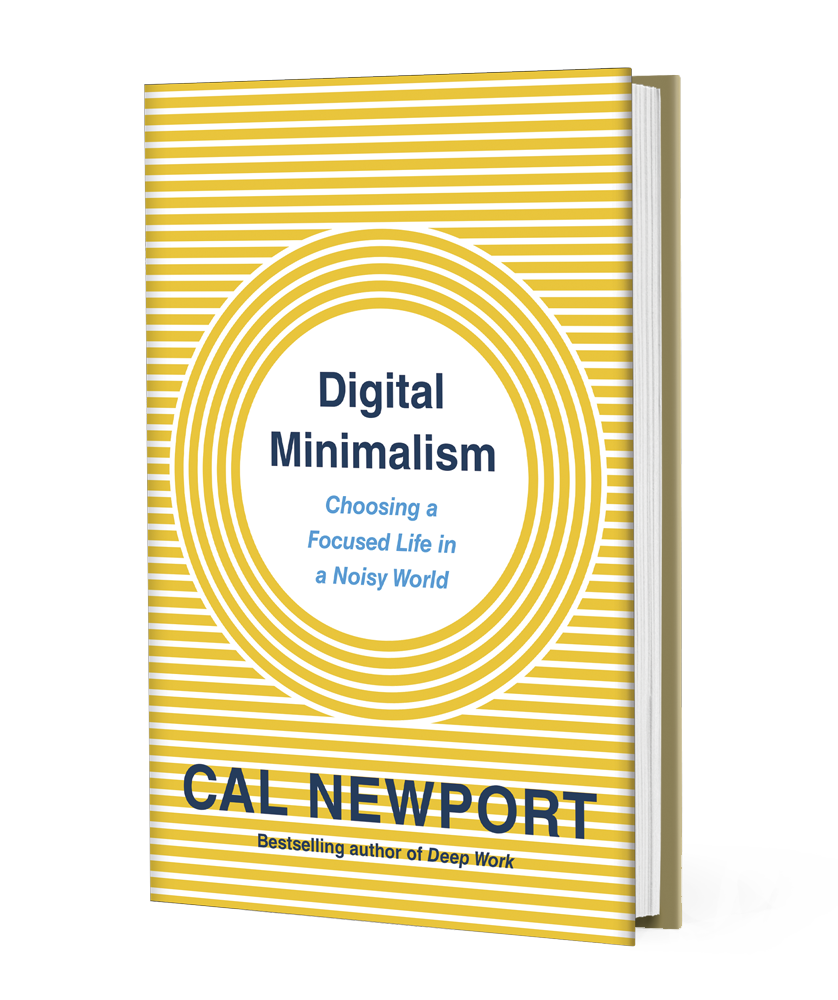Last time, I wrote about how many of the online tools we use most — email or news or social media, for example — have addiction mechanics sewn right into them. Like slot machines, the apps and devices and services that crowd our lives tend to give more than they take. These media don't give tons of value every time we check them, and every time we check them it costs us something: attention, concentration, energy, or connection with our loved ones.
Now, this past month or so we've also been exploring a constellation of learnable skills and dispositions called resilience. Resilience seems critical for living a good life and maximizing one's usefulness.
Resilience is like a three-legged stool, built on three pillars:
So let's put this slot machine concept through the resilience filter.
The reality is that digital tools train us to use them way more than we should. Our overuse of these tools leads to poorer thinking, higher anxiety, and less connection with the people we love. We check email when we should be focusing on our loved ones; we scroll through Twitter when we could otherwise be observing the world around us.
The purpose of our work as teachers is to promote the long-term flourishing of young people. We're most capable of doing this when we've got long-term flourishing happening in our lives, too. And flourishing is ERMAP: engagement, relationships, meaning, achievement, and positive emotion. (It's actually PERMA but ERMAP works, too.)
An adaptation is required if we're going to use these tools to maximize flourishing rather than let these tools drag us, minute by minute, away from engagement, relationships, positive emotion, and achievement.
This is why I find digital minimalism so interesting.
Defining digital minimalism
The most fascinating book I've read so far this year is Cal Newport's recent bestseller, Digital Minimalism: Choosing a Focused Life in a Noisy World. Longtime readers of this blog will be familiar with Cal Newport's name as I've cited his Deep Work repeatedly.
Newport is a computer scientist — he's not anti-technology. He simply believes that less is more when it comes to our relationship with digital tools.
As Newport explains in the early pages of his book:
The idea [of less is more] is not new. Long before Henry David Thoreau exclaimed “simplicity, simplicity, simplicity,” Marcus Aurelius asked: “You see how few things you have to do to live a satisfying and reverent life? Digital minimalism simply adapts this classical insight to the role of technology in our modern lives.
Cal Newport, Digital Minimalism, p. xviii
Newport argues that his philosophy of spending far less time on online activity is not extreme, but that instead the extremity lies in our laissez faire approaches to the constant use of online tools. In other words, Newport holds that it's not weird to be thoughtful about the ways we spend our time and use our minds. What's weird is to notbe thoughtful about these things.
So what exactly is “digital minimalism”? Here's Newport's official definition:
A philosophy of technology use in which you focus your online time on a small number of carefully selected and optimized activities that strongly support the things you value, and then happily miss out on everything else.
Cal Newport, Digital Minimalism, p. 37
The philosophy is built on three principles, the first of which I think is worth considering today.
Principle 1: Clutter is costly
As Newport elaborates:
Digital minimalists recognize that cluttering their time and attention with too many devices, apps, and services creates an overall negative cost that can swamp the small benefits that each individual item provides in isolation.
Cal Newport, Digital Minimalism, p. 45
This goes back to the slot machine concept — an idea that's been circulating on the Internet for a long time.
When I check my email 10 times per day, the overall negative cost (fewer uninterrupted deep work hours, less concentration, quicker mental fatigue) swamps the small benefits that I get from such frequent checking. While my frequent checking might let me participate in a humorous email chain or respond quickly to a group email conversation, these tiny benefits are dwarfed by the thinking work I could have done had I only checked one time today.
The work of thinking deeply, day in and day out, can compound over time into intellectual breakthroughs. The work of connecting with others every day can compound over time into deep relationships. But the work of checking email 10 times per day produces none of these long-term flourishing benefits.
Maybe your thing isn't email. Maybe it's YouTube or news or Twitter or Instagram or Snapchat or high-volume group messaging threads with your siblings. (That last one is me, too.)
So, that's Principle #1.
Later, Newport lays out the other two principles — #2: Optimization is important, and #3: Intentionality is satisfying — but I've already gone on long enough for today.
The point is, I don't see a way to live both a rich life and a life on techno-default. The more time I spend away from tools whose makers profit from my eyeballs (news, social, entertainment), the more I find myself discovering the deeper veins of a life well-lived and a classroom well-taught.
Next time, I'll share a practical exercise he recommends for doing some “digital spring cleaning” in our heads, hearts, and lives.
I'm finishing up the research on a new, all-online, schedule-friendly professional development course on time management. If you're tired of the frenzied pace of life and want to have more time to do the important stuff, you should join the waitlist. (You'll be the first to hear when details are available.)

Leave a Reply